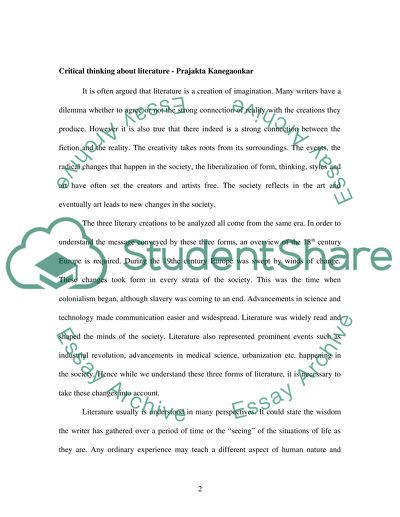Cite this document
(“Prajakta Kanegaonkar: Experiences of Human Life Research Paper”, n.d.)
Retrieved from https://studentshare.org/literature/1420361-critical-thinking-about-literature
Retrieved from https://studentshare.org/literature/1420361-critical-thinking-about-literature
(Prajakta Kanegaonkar: Experiences of Human Life Research Paper)
https://studentshare.org/literature/1420361-critical-thinking-about-literature.
https://studentshare.org/literature/1420361-critical-thinking-about-literature.
“Prajakta Kanegaonkar: Experiences of Human Life Research Paper”, n.d. https://studentshare.org/literature/1420361-critical-thinking-about-literature.


